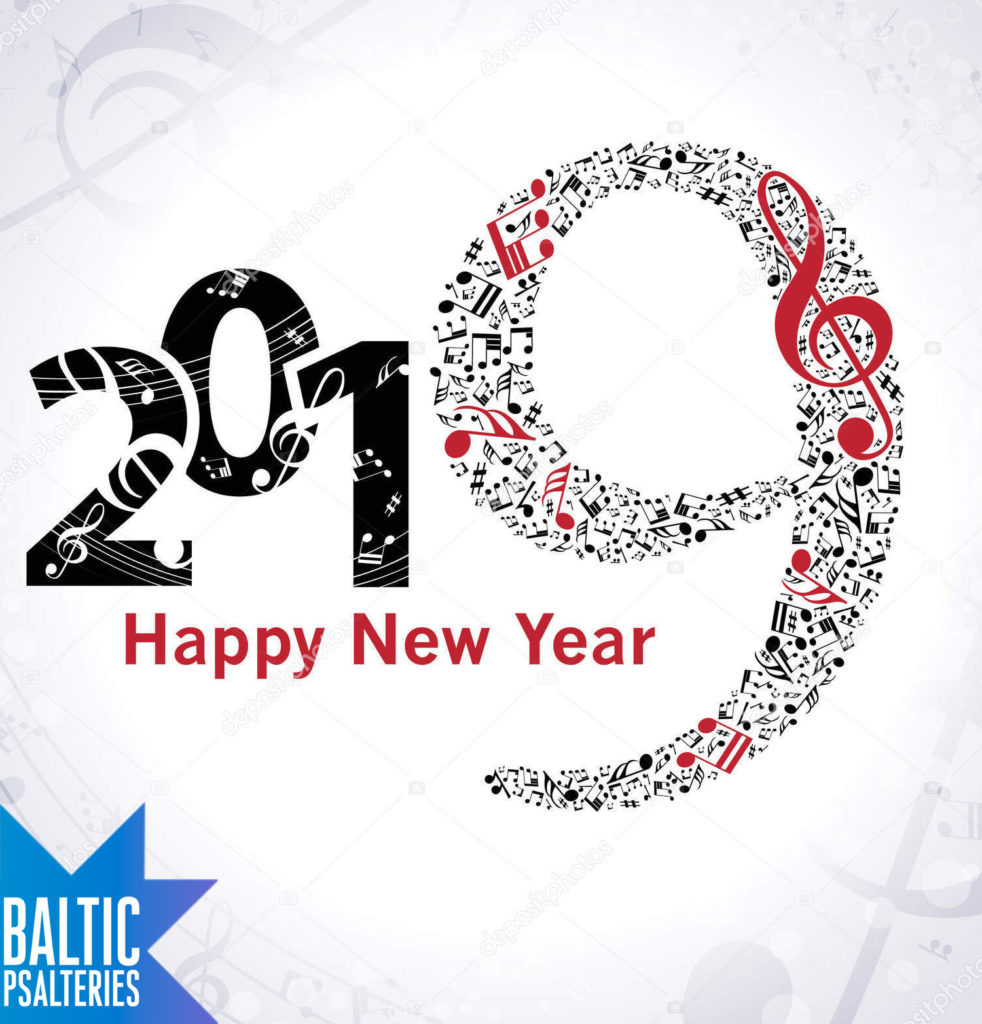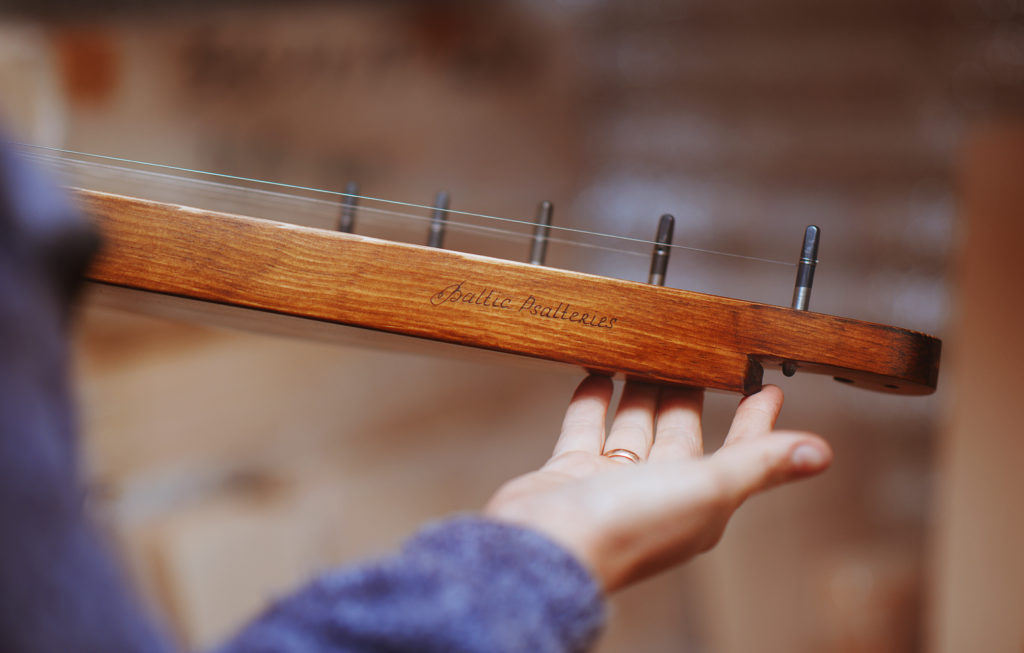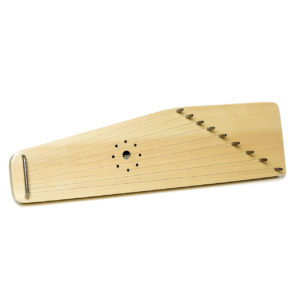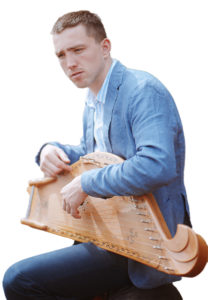Wishing you and your family good health, happiness,
success and prosperity in the coming year!

Wishing you and your family good health, happiness,
success and prosperity in the coming year!

With the proper care, your Psaltery will be with for the rest of your life. There are a few simple care and maintenance tips. Protect your instruments from direct sunlight, high humidity, too dry places and extreme temperatures. Extreme heat can damage varnish and can ruin joints by softening the glues that hold instruments together.

Continue reading “Care and Maintenance of your Baltic Psaltery.”
Varieties of Baltic Psaltery
Psaltery is divided into 3 main types traditional, stationary and academic Baltic Psaltery
Type 1: Traditional Baltic Psaltery
It has 3 variations.
Var 1: wing-shaped Baltic Psaltery

This type is the best for beginners. You don’t need special education. It is rather sheap instrument. It has such name because of its form looks like a wing. It has 5-17 strings. It is very easy to teach you self to play wing-shaped Psalteries. Just for 20-30 minutes you can play first simple music. Related instruments Kankles, Kokle, Kantele, Kannel and Krylovidnye Gusli.
In ancient Rus’, just like in many other cultures around the world, vagrant singers entertaining the people with their songs and street performances  were a common sight in towns and villages. Gusli players were one of the first vagrant musicians; they sang folk songs and narrated bylinas to the accompaniment of their gusli — an ancient Russian musical instrument. Gusli are deemed to be the oldest multi-string musical instrument, with the earliest specimen found by archaeologists dating back to the 11th century. A harp, a cithara (or kithara) and a lyre are similar instruments with a similar method of sound production. However, gusli existed only in Rus’. Numerous references to gusli in chronicles, legends, bylinas and fairy tales prove how deeply rooted they were in the culture of that period. The ability to play the Gusli was ascribed to the most intelligent of the three bogatyrs — Dobrynya Nikitich. Gusli are even mentioned in the Russian Synodal Version of the Bible.
were a common sight in towns and villages. Gusli players were one of the first vagrant musicians; they sang folk songs and narrated bylinas to the accompaniment of their gusli — an ancient Russian musical instrument. Gusli are deemed to be the oldest multi-string musical instrument, with the earliest specimen found by archaeologists dating back to the 11th century. A harp, a cithara (or kithara) and a lyre are similar instruments with a similar method of sound production. However, gusli existed only in Rus’. Numerous references to gusli in chronicles, legends, bylinas and fairy tales prove how deeply rooted they were in the culture of that period. The ability to play the Gusli was ascribed to the most intelligent of the three bogatyrs — Dobrynya Nikitich. Gusli are even mentioned in the Russian Synodal Version of the Bible.
The kankles (Lithuanian stringed musical instrument) of proancient origin were developed before the Iron Age. Kankles were mentioned in 1546 accounts by the yard exchequer manager of Duke Zygimantas Augustas. The name kankles is derived from Lihuanian word clapper (wooden clapper). The name kankles and the instrument was widely known long before the metal age. That means that the word kankles goes as far back as the parent language of the Balts.